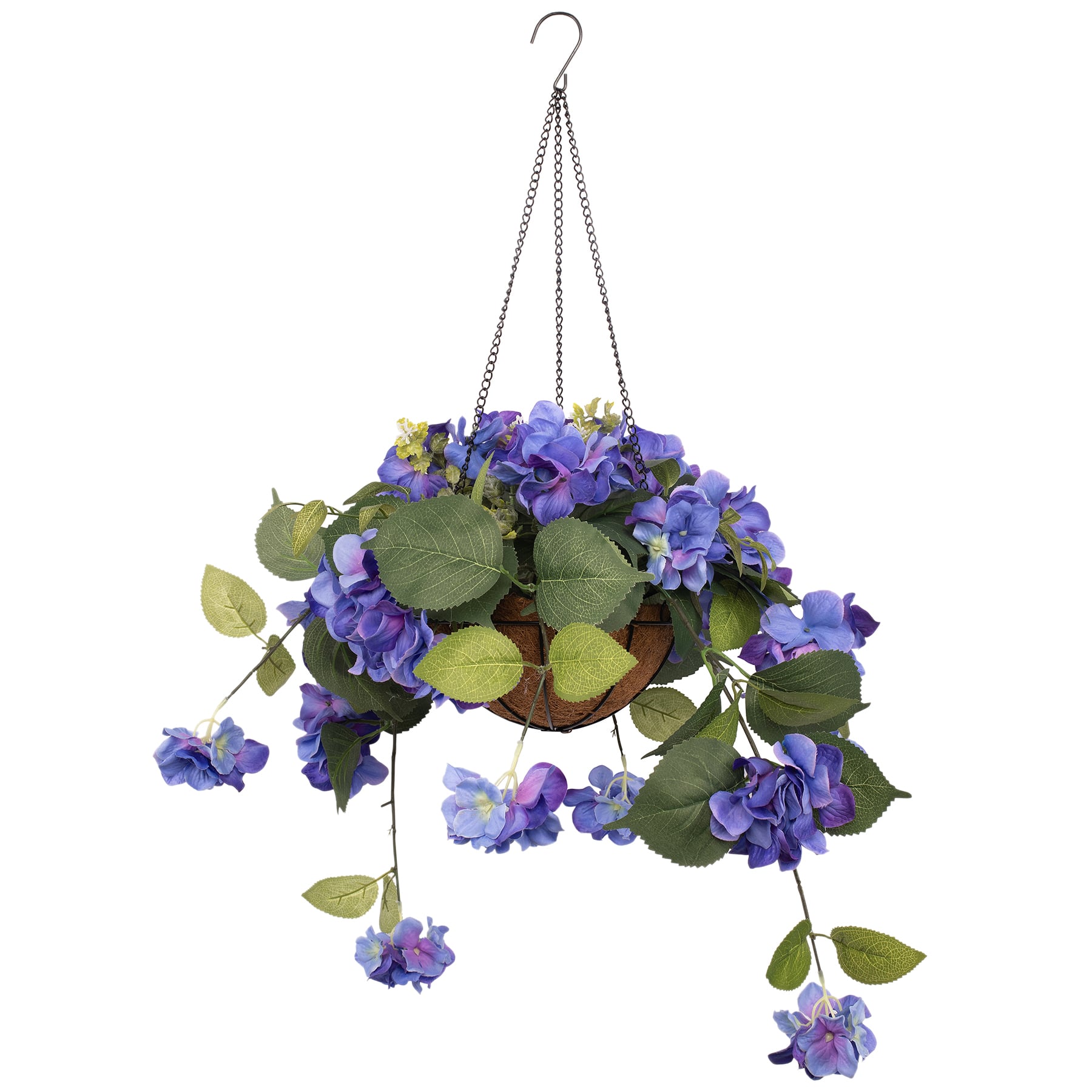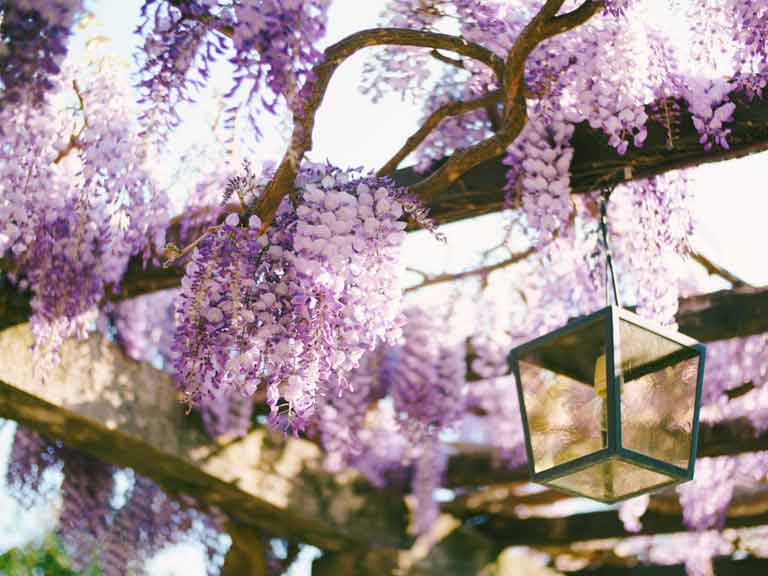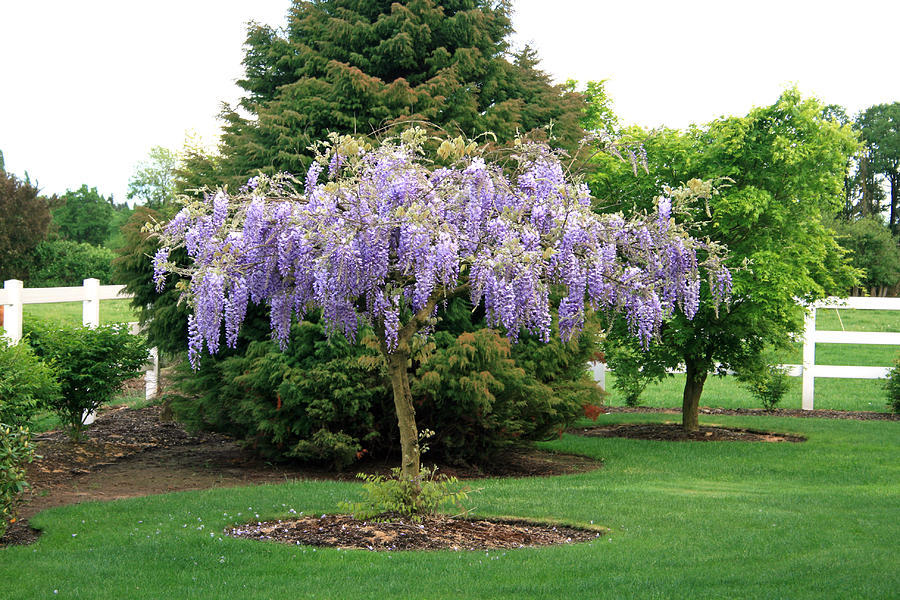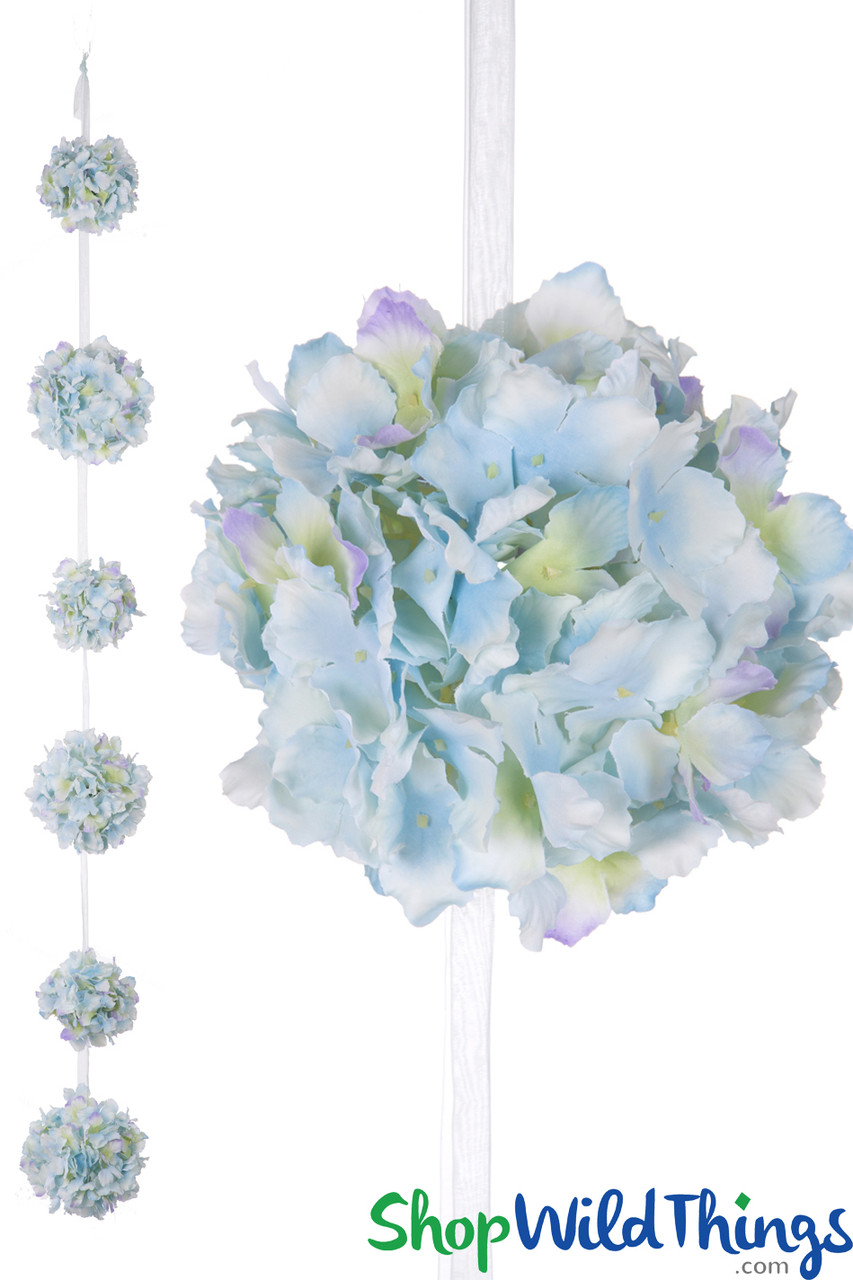Hanging Hydrangeas: The Ultimate Guide To Growing And Care
Hanging Hydrangeas: The Ultimate Guide to Growing and Care
Hydrangeas are some of the most popular flowering shrubs in the world, and for good reason. They come in a wide variety of colors, sizes, and shapes, and they can be grown in a variety of climates. Hanging hydrangeas are a particularly beautiful and unique type of hydrangea. They are perfect for adding a touch of elegance and charm to any outdoor space.
In this blog post, we will discuss everything you need to know about growing and caring for hanging hydrangeas. We will cover topics such as choosing the right variety, planting, watering, fertilizing, and pruning. We will also provide some tips on how to keep your hanging hydrangeas healthy and blooming for years to come.
Choosing the Right Variety
There are many different varieties of hanging hydrangeas available, so it is important to choose the right one for your needs. Some factors to consider include the size of your space, the amount of sunlight you receive, and the desired color of the flowers.
If you have a small space, you may want to choose a dwarf variety of hanging hydrangea. These varieties typically grow to be no more than 3 feet tall. If you have more space, you can choose a standard variety of hanging hydrangea. These varieties can grow to be up to 6 feet tall.
The amount of sunlight you receive will also affect the type of hanging hydrangea you choose. Some varieties of hanging hydrangeas prefer full sun, while others prefer partial shade. If you live in a hot climate, you may want to choose a variety of hanging hydrangea that prefers partial shade.
The desired color of the flowers is another important factor to consider. Hanging hydrangeas come in a variety of colors, including blue, pink, white, and purple. The color of the flowers will depend on the pH of the soil. If you want blue flowers, you will need to keep the soil pH acidic. If you want pink flowers, you will need to keep the soil pH alkaline.
Planting
Once you have chosen the right variety of hanging hydrangea, you are ready to plant it. Hanging hydrangeas should be planted in the spring or fall. The soil should be well-drained and rich in organic matter. If your soil is not well-drained, you will need to amend it with compost or sand.
The hole for the hanging hydrangea should be twice as wide as the root ball. The depth of the hole should be the same as the depth of the root ball. Place the hanging hydrangea in the hole and backfill with soil. Water the hanging hydrangea well.
Watering
Hanging hydrangeas need regular watering, especially during the first year after planting. Water the hanging hydrangea deeply once a week. If the weather is hot and dry, you may need to water more frequently.
Fertilizing
Hanging hydrangeas should be fertilized in the spring and fall. Use a balanced fertilizer, such as 10-10-10. Apply the fertilizer according to the directions on the label.
Pruning
Hanging hydrangeas should be pruned in the spring. Prune away any dead, diseased, or damaged branches. You can also prune to shape the hanging hydrangea.
Keeping Your Hanging Hydrangeas Healthy
Hanging hydrangeas are generally quite healthy plants. However, there are a few things you can do to keep them healthy.
- Water regularly.
- Fertilize twice a year.
- Prune in the spring.
- Protect from pests and diseases.
Conclusion
Hanging hydrangeas are beautiful and easy-to-care-for plants that can add a touch of elegance to any outdoor space. By following the tips in this blog post, you can ensure that your hanging hydrangeas will thrive for years to come.
FAQ of hanging hydrangea
Question 1: What are the different types of hanging hydrangeas?
Answer: There are two main types of hanging hydrangeas: climbing hydrangeas and cascading hydrangeas. Climbing hydrangeas are vines that can grow up to 30 feet long, while cascading hydrangeas have long, trailing stems that cascade over the sides of a hanging basket or container.
Question 2: What are the best conditions for growing hanging hydrangeas?
Answer: Hanging hydrangeas prefer full to partial shade and moist, well-drained soil. They are also relatively cold-hardy, but they may need some protection from winter winds in colder climates.
Question 3: How do I care for hanging hydrangeas?
Answer: Hanging hydrangeas need regular watering, especially during the summer months. They should also be fertilized once a month during the growing season. In the fall, it is important to deadhead the spent blooms to encourage new growth in the spring.
Question 4: How do I prevent hanging hydrangeas from drooping?
Answer: Hanging hydrangeas can droop if they are not watered enough or if they are planted in too small a container. To prevent drooping, make sure to water your hanging hydrangeas regularly and repot them into a larger container as needed.
Question 5: How long do hanging hydrangeas last?
Answer: Hanging hydrangeas can last for several years with proper care. However, they may need to be repotted every few years as they outgrow their containers.
Image of hanging hydrangea
5 different images of "hanging hydrangea" from Pinterest:





Post a Comment for "Hanging Hydrangeas: The Ultimate Guide To Growing And Care"